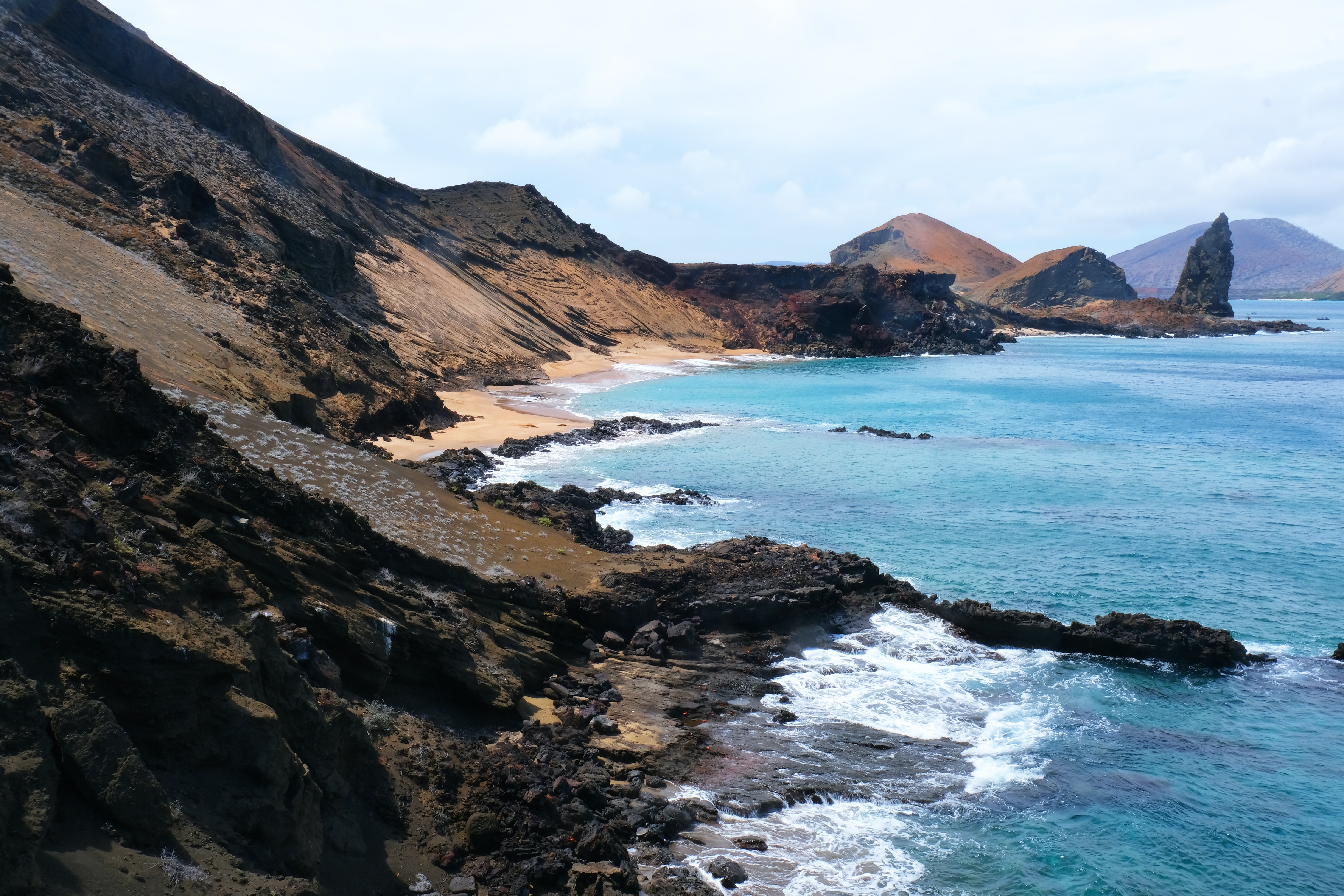Have you planned a trip to Ecuador? In order to enjoy your stay, remember to prepare well in advance. We have prepared all the practical information about Ecuador that you need : climate zones, the different regions and the best time to visit the country. But also a packing list, which documents to prepare and your travel pharmacy.
How long will you travel to Ecuador?
With a surface area of 283,520 km², Ecuador is a relatively small country compared to its neighbors Colombia and Peru. But make no mistake: there are still a multitude of things to see, visit and explore.
Ecuador is a country extremely rich at first in terms of landscapes: between the Pacific coast, the paradisiac islands of the Galapagos, the Amazon rainforest and the mountains and volcanoes of the Andes, the country is divided into several regions which have each their own charm and their own microclimate.
Ecuador also has a lot to discover in terms of biodiversity, thanks to endemic and preserved flora and fauna. Finally, Ecuador is a country with a rich history and culture. During your stay in the country, you will live extraordinary experiences, meet the indigenous peoples and their ancestral traditions.
In Ecuador, the distances between the various points of interest are short and it will not take you much time to go from point A to point B. Despite this, it is rather advisable to allow time to visit the country.
A stay of 15 days will allow you to see the essentials of the country:
- discover the capital Quito and the colonial city of Cuenca
- wander in the main national parks of the country
- and soak up the sun on the beaches of the Pacific Coast.
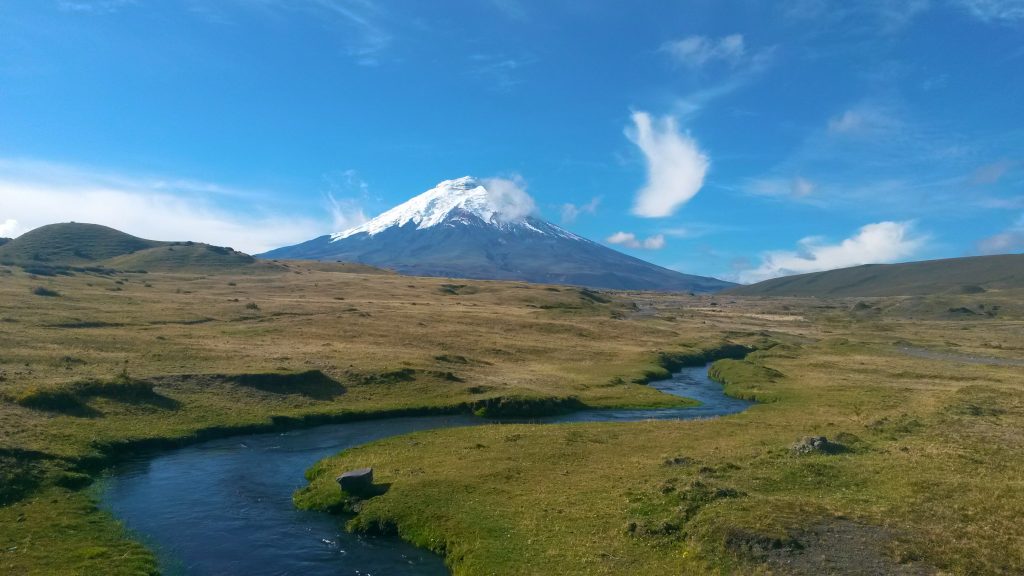
If you want to practice slow travel by adding unique experiences to your stay, plan to stay for three weeks in Ecuador. This will also allow you to observe the giant tortoises of the Galapagos archipelago. The longer and fuller your stay, the more eco-friendly it will be.
Why ?
- Because the ecological impact of the plane trip will be more profitable,
- Because you won’t have to return, as you had time to see it all 🙂
Practical information about Ecuador – The different regions
Located south of Colombia and north of Peru, Ecuador may be a small country, but it offers an incredible diversity of landscapes.
There are four main regions in Ecuador:
- Sierra (or Andean region)
- Costa (the Pacific Coast)
- Ecuadorian Amazon and the
- Galapagos Islands.
Whatever your travel tastes, there is bound to be something for you, between volcanoes and national parks that can be visited through long treks and hikes, white and fine sandy beaches that invite you to laze around, or even the typical small villages and traditional markets that will immerse you in the customs of the indigenous peoples.
The regions of Ecuador are very different and the climate can vary from one to the other. Here are some tips for choosing your travel dates according to the seasons in Ecuador.
Practical information about Ecuador – The different seasons
Ecuador is a country with a tropical climate. In the year, there are two seasons: the rainy season and the dry season.
Depending on the region and the altitude, the seasons last more or less long. For example, in the Sierra, the rainy season extends from December to May and the dry season extends from June to November. This region offers fairly cool temperatures all year round, which very rarely exceed 18 ° C. On the Costa, the rainy season is shorter: it extends from January to April while the dry season lasts from May to December. On the coast, temperatures are higher throughout the year, with an average of 20 ° C: in summer, it is hot enough to practice nautical sports like surfing.
As the name suggests, the rainy season is marked by abundant and frequent rainfall and high temperatures, while in the dry season, the climate is much less humid and temperatures are milder.
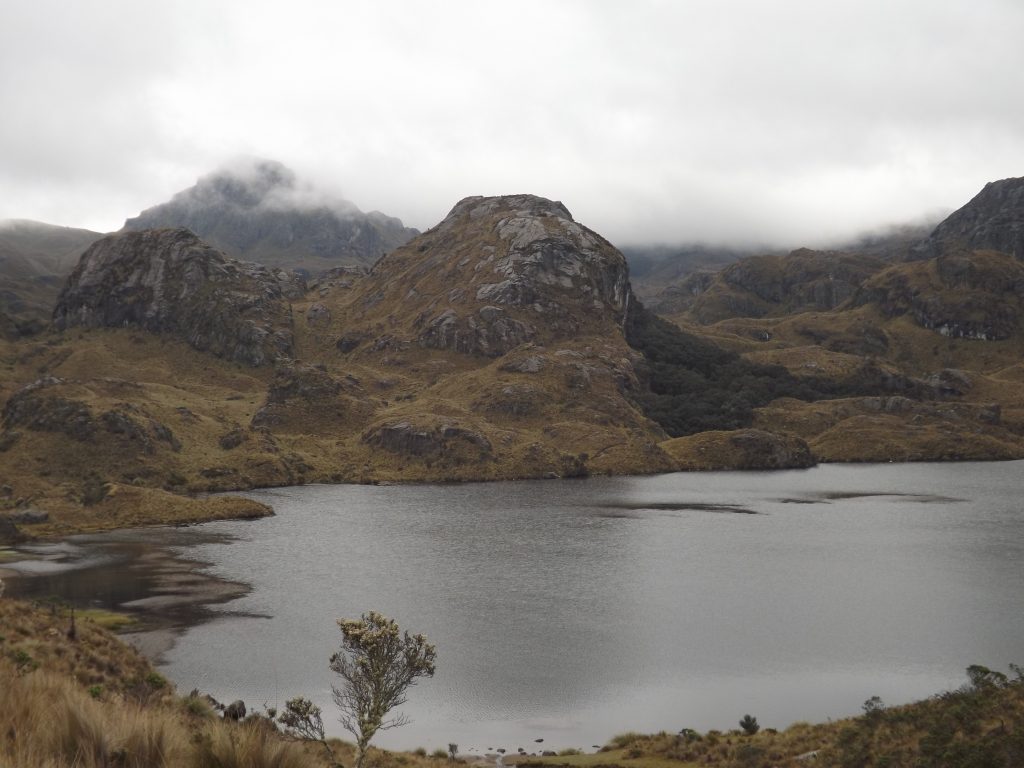
Outside the Sierra and the Costa, that is to say in the central part of Ecuador, the seasons are much less marked. Temperatures remain roughly constant all year round and hover around 25 ° C.
There is not really a recommended season to visit Ecuador, since from one region to another, the climate and temperatures will be very different in the same period. In addition, keep in mind that whatever season you choose for your stay in Ecuador, the weather will always be changeable and quite unpredictable.
Practical information about Ecuador – Seasons and sites to visit by region
In the Sierra
Climate and temperatures
The Andes range includes many volcanic peaks where, due to the altitude, temperatures will be lower than in the rest of the country.
In fact, the higher you go, the more the temperatures will drop: in general, we lose about 5 ° C every 200 meters above sea level.
- If you plan to hike, prefer the dry season which extends from June to November: the cooler temperatures and especially the drier weather will be much more pleasant.
- On the contrary, in summer, the climate is not really suitable for hiking, since it is extremely humid and it rains frequently.
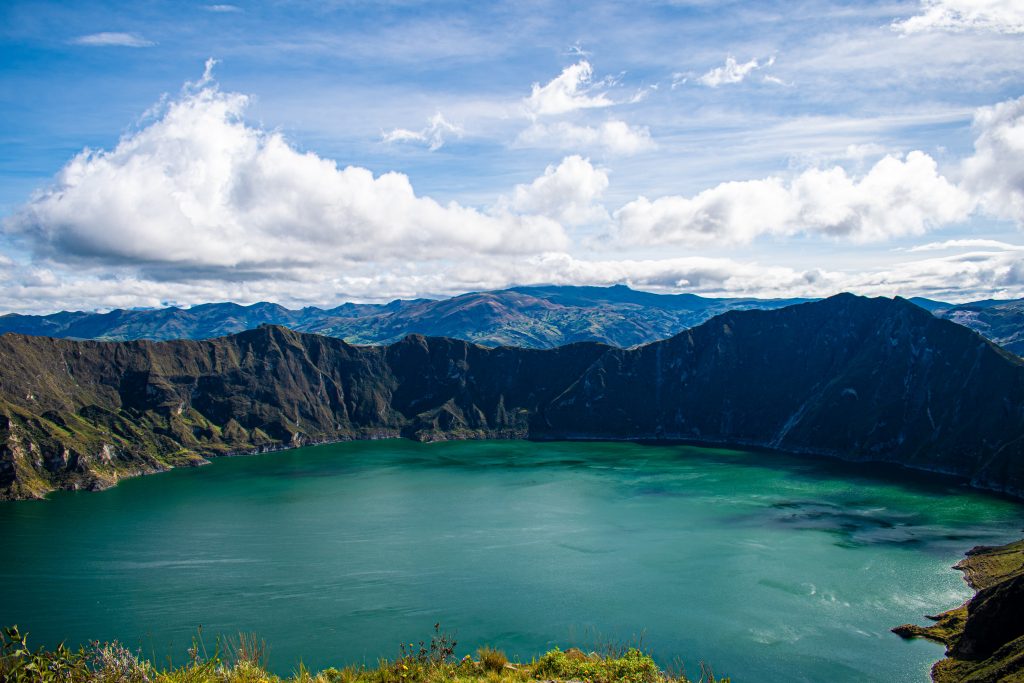
Sites to visit in the Sierra
- The capital, Quito: its historic center listed as World Heritage by UNESCO, its Plaza de la Independencia, its church of the Compañía de Jesús, its Basilica of the National Vow.
- The small traditional village of Otavalo and its indigenous craft market.
- “Avenue of volcanoes”, a chain formed by dozens of volcanoes that culminate at more than 4000 meters (6300 meters for the highest, Chimborazo). It stretches almost 325 kilometers south of Quito.
- Cotopaxi National Park, located on the slopes of the volcano of the same name, culminating at more than 5900 meters above sea level and still active today. It is worth the detour for its unique biodiversity, its Limpiopungo lagoon and its breathtaking panoramas.
- The small town of Baños at over 1815 meters above sea level on the slopes of the Tungurahua volcano. It is also the starting point for the “waterfall route”, a valley about 20 kilometers long where you can see more than 60 magnificent waterfalls.
- The colonial city of Cuenca: its historic center listed as World Heritage by UNESCO, its old cathedral and its new cathedral and its sombrero museum.
- The Inca remains of Ingapirca, an ancient fortress dating back over 500 years.
On the Costa
Climate and temperatures
On the Costa, the seasons are quite paradoxical.
- In summer, temperatures can vary between 25 and 31 ° C in the north of the region.
- While in the south, the temperatures felt are lower. This phenomenon is due to the deposit of a thick mist on the coasts. The mist is the result of a thermal shock between the warm temperatures of the land and the cooler temperatures of the water (between 22 and 25 ° C).
During the rainy season, frequent rains are short-lived, so there is also a lot of sunshine throughout the day.
However, the best time to visit the Costa remains the dry season which will be more pleasant. If you plan to surf in Ecuador, knowing that surfing conditions are generally better during the dry season. Between June and September, you can spot humpback whales offshore.
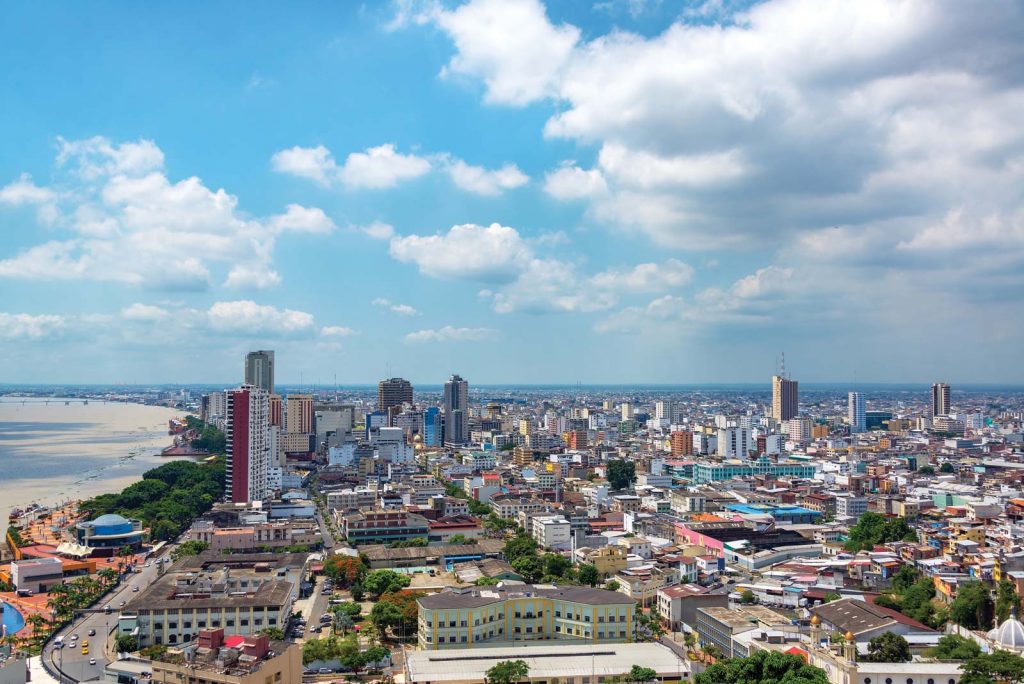
Sites to visit on the Costa
- The seaside resorts of Sua and Atacames, perfect for trying your hand at surfing or snorkeling.
- Guayaquil, administrative and commercial capital of Ecuador, located on the south coast of the country: its Las Peñas district, full of colonial architecture and its Bolivar park where you can come across many iguanas.
- Machalilla National Park, Isla de la Plata (known for its colony of blue-footed boobies) and Playa de los Frailes.
- The beaches of Tortua and Playita where you can see sea turtles and red crabs.
Ecuadorian Amazon
Climate and temperatures
Also known as Oriente, this region offers a hot and humid climate throughout the year. The temperatures hover around 25 ° C whatever the season. You will also have a lot of rain whatever the period of your trip.
Generally, the rainfall is a little less between November and February, but the climate is still very humid. The Ecuadorian Amazon is the wettest region of Ecuador. Its tropical climate can quickly weigh you down if you are not used to it! Avoid June and July, which are peaks in humidity.
Between October and January, the climate is slightly more pleasant. However we recommend to avoid the months of December and January because it is the peak tourist season. First, the plane tickets will cost more. Second, you will come across a lot of crowds on site. This might not necessarily be pleasant when one seeks above all to take advantage of the nature and the fauna of a country.
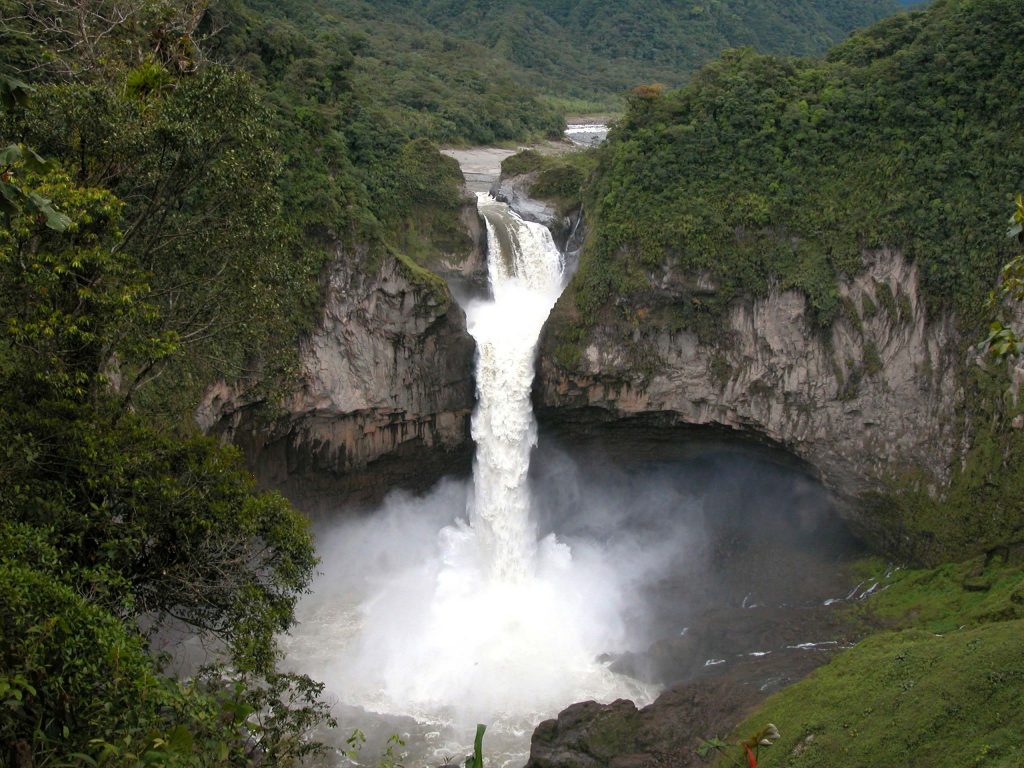
What to visit in the Ecuadorian Amazon?
- Meet a local community, such as the Kichwa community. This experience will allow you to discover traditional dances and local gastronomy. You could also learn how cocoa is made and test the massages practiced by the locals.
- Discover the medicinal plants of the Amazon with a guide.
- Taste guayusa, a traditional drink made from a super-plant growing in the Amazon and highly energetic. This plant has been drunk in a group ritual for millennia within the Kichwa community. Be careful though because this drink also has hallucinogenic properties!
The Galapagos Islands
Climate and temperatures
Between June and December, the Galapagos archipelago is also subject to the phenomenon of fog formation that can be seen on the beaches of the Costa. Temperatures therefore tend to stay fairly cool and the water rather cold. Especially since this mist also works like a veil preventing the sun from passing through. It’s the cold season: temperatures range between 19 and 26 ° C. The water temperature can drop to 21 ° C.
The best time to visit the Galapagos Islands is therefore the rainy season, from January to May. You will get showers quite often, but they are usually quite short. Since the weather anyway is very variable, you will also get a lot of sunshine. During this season, temperatures range between 23 and 30 ° C and sea water can reach 27 ° C.
For snorkeling, the rainy season is the most favorable because the sea will be less rough and therefore clearer. On the other hand, it is during the dry season, between June and November, that the conditions are best for diving. This is when you will notably be able to spot whale sharks.
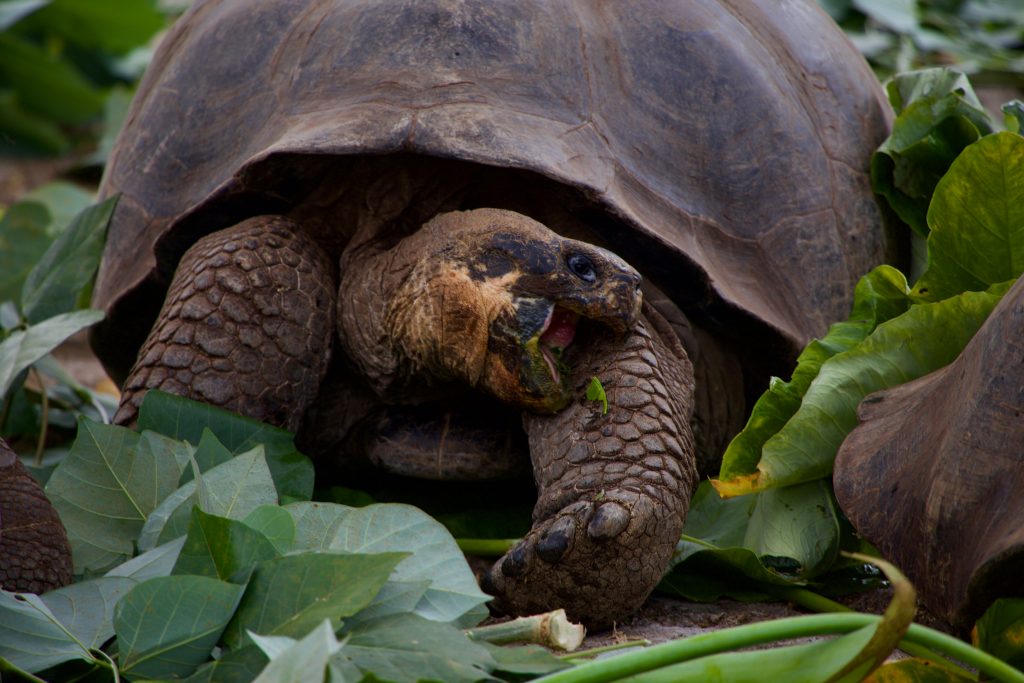
What to visit in the Galapagos Islands?
- The island of Santa Cruz, considered as the main island of the archipelago. Its port (Puerto Ayora) and its Bay of Turtles, is accessible after a 3/4 hour’s walk. You can see there iguanas sailor, rays and small sharks on a setting of fine white sand beaches and turquoise water. There are also flamingos on El Garrapatero beach as well as the famous giant tortoises of the Galapagos within the El Chato reserve.
- Isabela Island, the largest in the archipelago: its famous volcanic rock tunnels, the Concha Perla mangroves and the Sierra Negra volcano, one of the largest active craters in the world, where you can observe several types of lava.
- The viewpoint of Bartolomé Island offering a breathtaking panorama of the Galapagos archipelago.
- San Cristobal Island: the town of Puerto Baquerizo Moreno, capital of the Galapagos, the viewpoint of Cerro Tijeretas and the Loberia beach where you can observe sea lions and iguanas.
Practical information about Ecuador
Baggage list
During your stay you will certainly make various personal purchases. This may increase the weight of your luggage, which is limited for your return by plane. It is therefore preferable to take this into account also in advance.
As the climate is very often unpredictable, we therefore recommend that you bring the following equipment:
- A 20 to 30 liter backpack
- Good walking shoes
- A hat or cap, sunglasses
- A raincoat, warm clothes for the night
- Short pants or removable pants, T-shirts
- Shirts of material that lets perspiration through
- A fleece vest, good socks to avoid blisters
- A woolen hat for cool nights
- Sunscreen, mosquito repellent
- Personal medical treatment
We also recommend that you always have toilet paper with you. Indeed, in Ecuador outside the cities, it is not always normal to have paper in the toilet. Also remember not to put your toilet paper in the bowl, but in the trash bin at your disposal.
List of documents and papers
- Passport photocopies
- Photocopies of the insurance certificate
- Cash, Credit Card
- Camera, binoculars
- Notepad
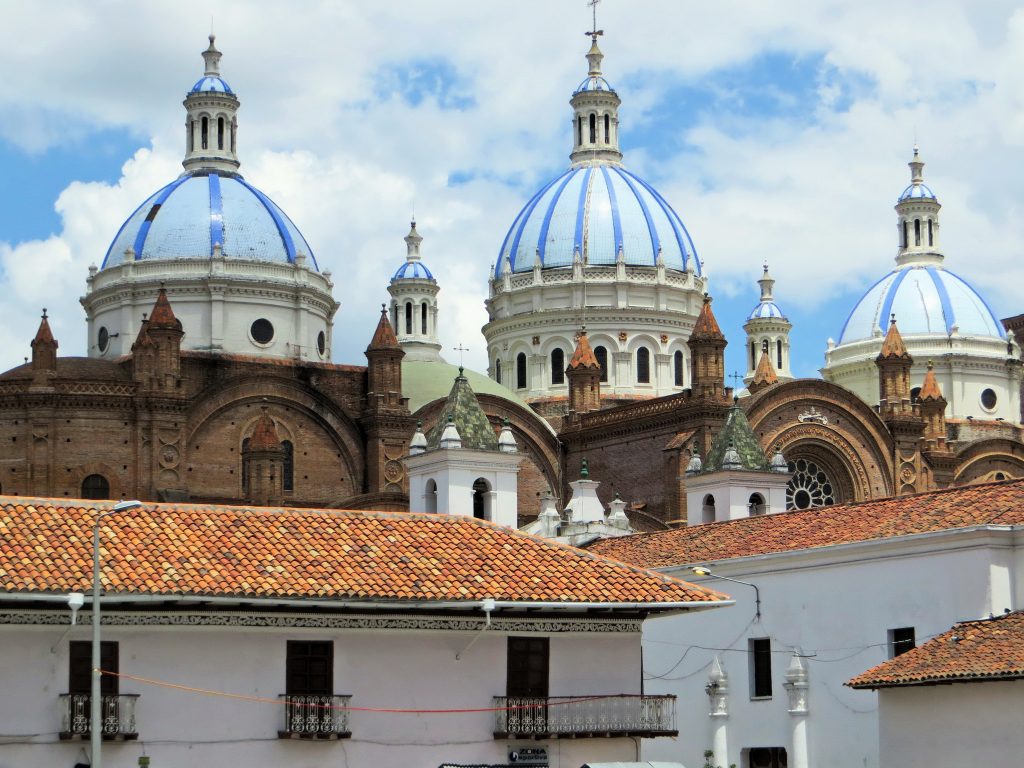
Practical Information about Ecuador
Health Recommendations: Vaccines
This is easy to adjust on your travel preparations list. To travel to Ecuador, you don’t need special vaccines. However, you must be up to date with your vaccination book and universal vaccines such as diphtheria, tetanus, polio, whooping cough and hepatitis B.
If you are traveling to the Amazon, it is recommended that you get vaccinated against yellow fever. Depending on the length of your stay, plan the typhoid and hepatitis A vaccine.
We also recommend that you take travel and repatriation insurance for your trip to Ecuador.
Personal pharmacy
- Your usual medication during treatment
- Pain medication: Paracetamol or equivalent
- Anti-diarrheal – intestinal antiseptic
- Aspi-Venom (in case of bites or insect bites)
- Treatment for colds or sore throat
- Anti-inflammatory ointment – eye drops (dust, ophthalmia) – Antiseptic (Betadine type)
- Purifying tablets for water
- Elastic adhesive strip (Elastoplast) and adhesive dressings – disinfecting pads, double skin (protection against blisters)
- Biafine or any type of cream against burns and sunburns
- Altitude sickness medication: consult your doctor
All major cities in Ecuador have pharmacies of course. You will find there all the elements of your basic first aid kit if you do not want to take on this weight or bulk. On the other hand, if you are following a particular treatment, it is better to take your medication with you.
Recommendations for altitude sickness
Altitude sickness, or soroche, is very famous and deserves a few lines.
Already before leaving, start training to have a good physical condition. But be aware that altitude can cause you trouble, even if you are a seasoned sportsman. For adults with heart problems, overweight people, we recommend that they seek medical advice from their doctor before your departure.
Depending on each one (and this has nothing to do with your physical condition), it can happen that you will suffer from Mountain Sickness from an altitude of 2,500 m. This is manifested by headache, the desire to vomit, nausea, possibly loss of appetite.
Normally by respecting a few rules, Mountain Sickness should stop after 2 days. Do not make a physical effort, eat a light and healthy diet, drink a lot and breathe fully. There is a lot of talk about the fact that chewing coca leaves can help, but it not always does. If your condition does not improve, it would be advisable to go down in altitude until you feel better and go up slowly later.
Safety recommendations
Preventive measures such as not displaying jewelry, sums of money, etc. are always to be respected. This also applies to all other Latin American countries too.
Practical Information about Ecuador
Jet lag
The time difference between Ecuador and France changes depending on whether in France we are in summer or winter hours. Thus, between the end of March and the end of October we have a 7 hour time difference. Between the end of October and the end of March there is only 6 hours left!
For example:
During the spring and summer months, when it is noon (12 noon) in France, it is only 5 am in Ecuador, we remove 7 hours.
During the autumn and winter months, when it is noon (12 noon) in France, it is 6 am in Ecuador, we remove 6 hours.
Electricity
Unlike in Peru, the current in Ecuador is 110 volts with sockets which have 2 flat plugs or 3 plugs, 2 flat and 1 round. Bring an adapter with at least 2 flat plugs or better yet, a universal adapter.
